What are the uses of plastic bread crates?
In culinary logistics, few tools are as versatile and essential as the plastic bread crate. Originally designed to transport and store freshly baked loaves, these crates have evolved into multifunctional assets across various industries. From bakeries to retail stores, and even beyond the food sector, the utility of plastic bread crate extends far beyond their original purpose. Let’s delve into the diverse applications of these seemingly simple yet incredibly useful containers.
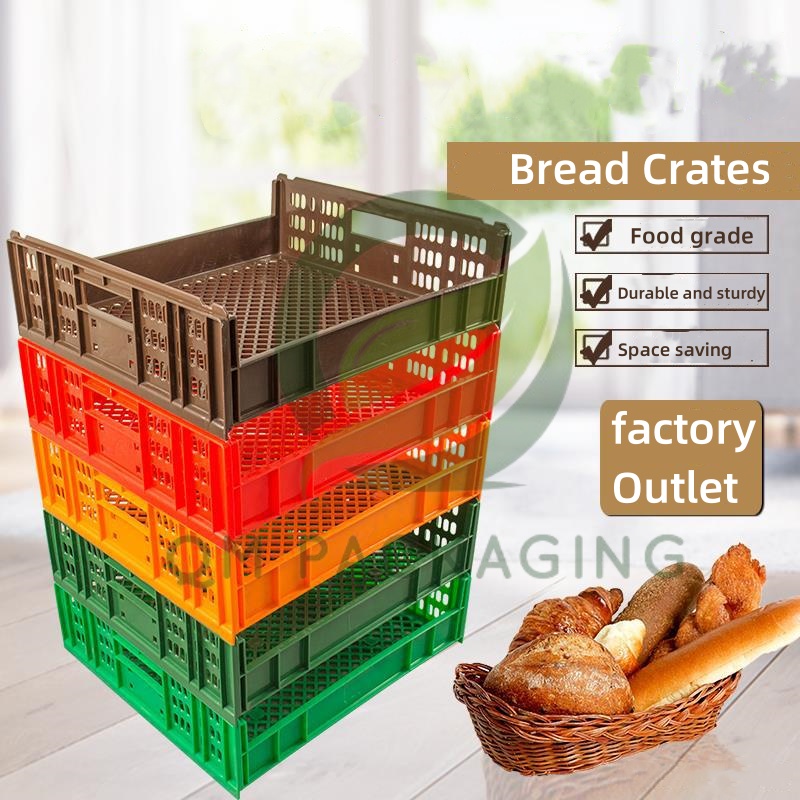
Bakery Operations: In their traditional role, plastic bread crates are indispensable for bakeries. They provide a sturdy and hygienic means of transporting freshly baked goods from the oven to the shelves. Designed with ventilation holes to allow proper airflow, these crates help prevent moisture buildup, ensuring that bread remains fresh for longer periods. Additionally, their stackable nature saves valuable storage space in bustling bakery environments.
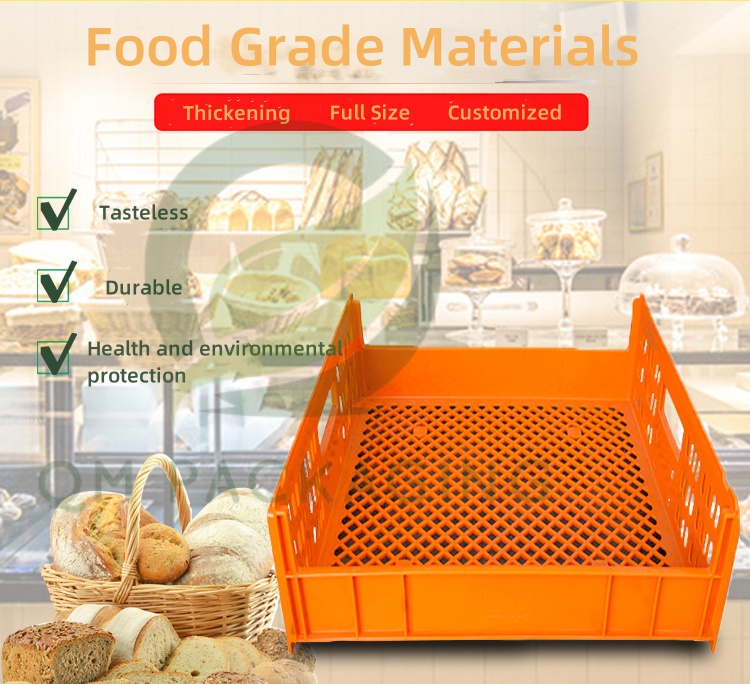
Grocery Retail: Once bread leaves the bakery, plastic crates continue to play a crucial role in the retail sector. In grocery stores, these crates serve as display fixtures, neatly organizing bread products on shelves or in refrigerated sections. Their durable construction ensures safe handling during stocking and replenishment processes, minimizing product damage and waste. Moreover, the uniformity of plastic bread crates facilitates efficient inventory management, allowing retailers to optimize their supply chain operations.
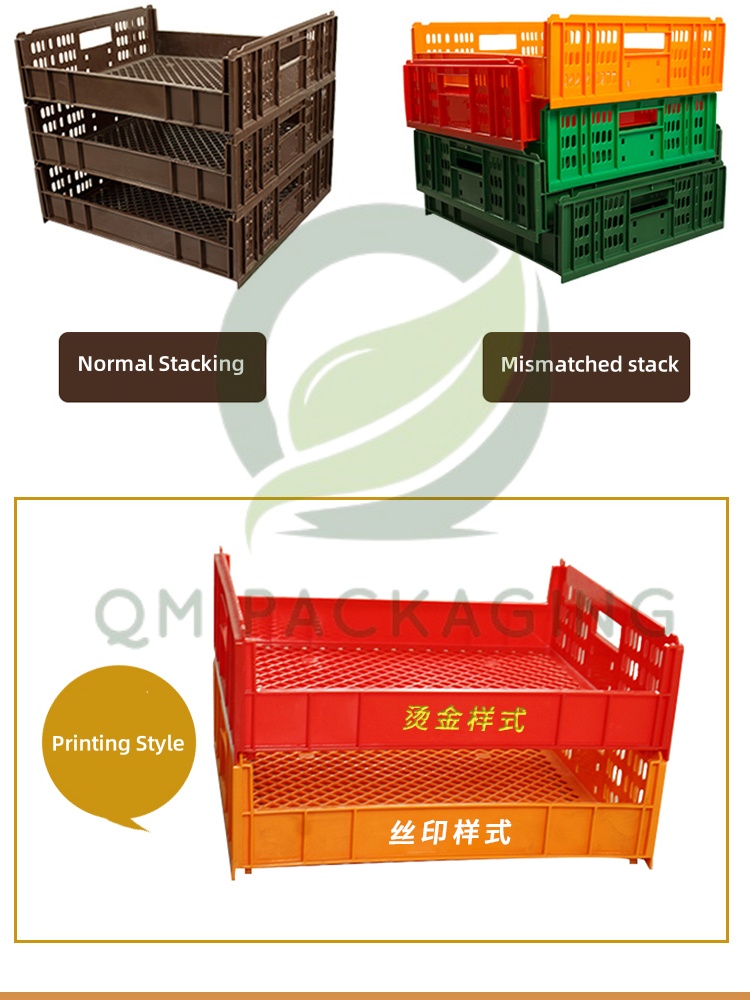
Storage and Transportation: Beyond bakeries and grocery stores, plastic bread crate find utility in various storage and transportation applications. Their robust design makes them ideal for organizing and transporting goods in warehouses, distribution centers, and delivery trucks. Whether it’s sorting perishable items, packaging fragile goods, or streamlining order fulfillment processes, these crates offer a reliable solution for businesses seeking efficient storage and logistics solutions.
Agriculture and Horticulture: In agricultural settings, plastic bread crates are repurposed for harvesting, storing, and transporting fruits, vegetables, and other crops. Their ventilated design helps maintain optimal conditions for produce, preventing spoilage during transit and storage. Farmers and growers also appreciate the ease of cleaning and sanitizing plastic crates, ensuring compliance with food safety regulations and maintaining hygiene standards throughout the supply chain.
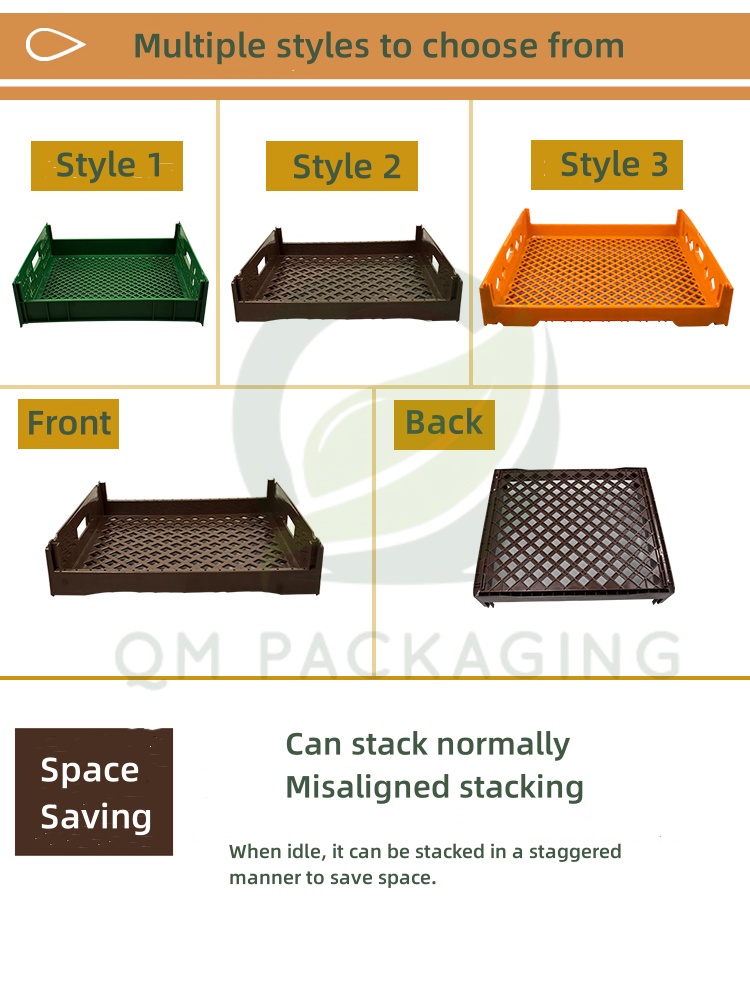
Industrial Applications: Outside the realm of food, plastic bread crates find utility in various industrial applications. From manufacturing facilities to construction sites, these crates serve as versatile storage and organization solutions for tools, parts, and materials. Their lightweight yet durable construction makes them easy to handle and transport, contributing to increased efficiency and productivity in diverse work environments.
Conclusion: In conclusion, the uses of plastic bread crates extend far beyond their original purpose in bakery operations. From grocery retail to agriculture, logistics, and industrial settings, these versatile containers have become indispensable assets across various industries. As businesses continue to seek efficient and sustainable solutions for storage, transportation, and organization, the enduring utility of plastic bread crates remains a testament to their adaptability and reliability in diverse applications.

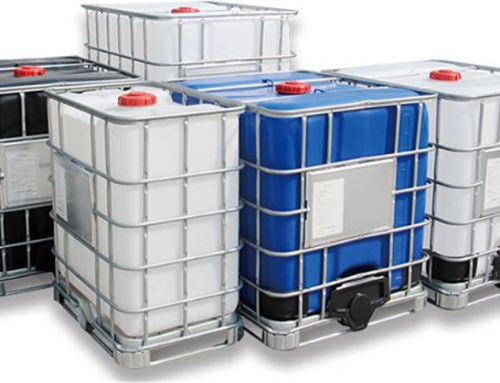
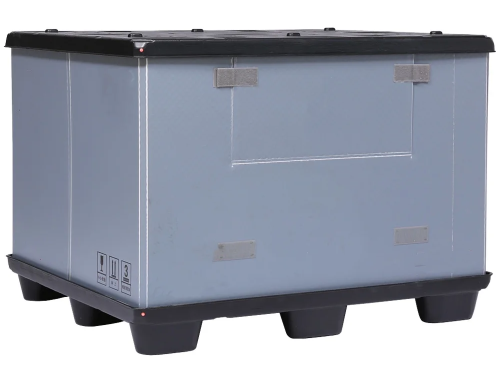
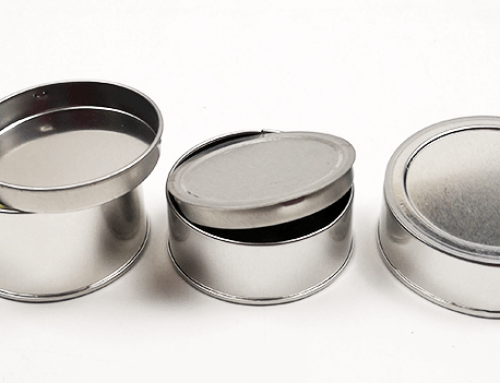
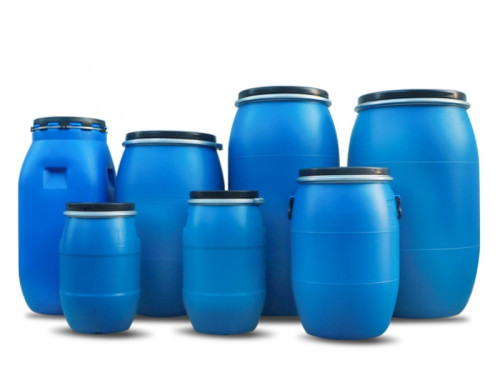
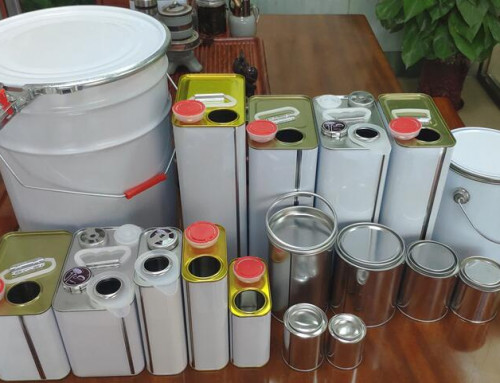
Leave A Comment